How to Get an MS Diagnosis: Comprehensive Guide to Multiple Sclerosis Diagnosis and Treatment
What are the key steps in obtaining an MS diagnosis. How do doctors differentiate MS from other conditions with similar symptoms. What treatment options are available for multiple sclerosis patients. How can you effectively manage MS symptoms and improve quality of life.
Understanding Multiple Sclerosis: Symptoms and Diagnostic Challenges
Multiple sclerosis (MS) is a complex neurological condition that affects the central nervous system. Its symptoms can vary widely, making diagnosis challenging. To accurately diagnose MS, healthcare providers must carefully rule out other conditions that may present similar neurological symptoms.
Why is MS diagnosis so complex? The answer lies in the diverse nature of its symptoms and their similarity to other conditions. Fatigue, vision problems, numbness, and balance issues are just a few symptoms that can be attributed to MS or several other disorders.
Common Symptoms of Multiple Sclerosis
- Fatigue
- Vision problems
- Numbness or tingling
- Muscle weakness
- Balance and coordination issues
- Cognitive changes
- Bladder and bowel dysfunction
Given the overlap of symptoms with other conditions, how do healthcare providers approach MS diagnosis? They typically employ a combination of methods, including medical history review, neurological exams, and various diagnostic tests.

The Diagnostic Process: From Symptoms to Confirmation
Diagnosing MS involves a systematic approach that combines clinical evaluation, imaging studies, and laboratory tests. What steps are involved in this process?
- Medical history review
- Neurological examination
- Magnetic Resonance Imaging (MRI)
- Lumbar puncture (spinal tap)
- Evoked potential tests
- Blood tests
MRI plays a crucial role in MS diagnosis. How does it help? MRI can reveal lesions in the brain and spinal cord characteristic of MS. These lesions, or plaques, indicate areas where the myelin sheath has been damaged.
Is a single test sufficient to diagnose MS? No, diagnosis typically requires evidence from multiple sources. Healthcare providers look for signs of damage in different areas of the central nervous system that have occurred at different times.
Differential Diagnosis: Ruling Out Other Conditions
A critical aspect of MS diagnosis is ruling out other conditions that can mimic its symptoms. This process, known as differential diagnosis, is essential for accurate treatment planning. Which conditions are commonly considered during this process?
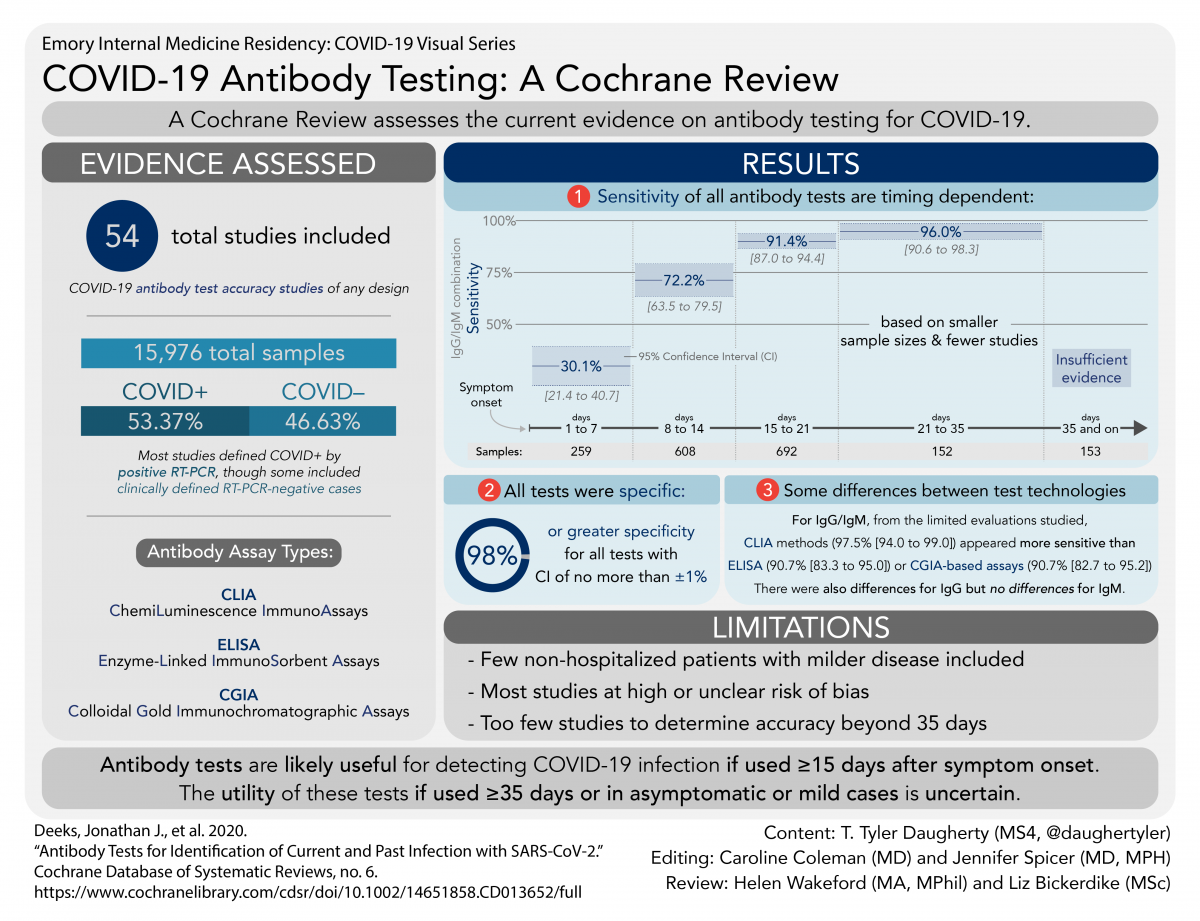
Infections of the Central Nervous System
- Lyme disease
- Syphilis
- Progressive multifocal leukoencephalopathy (PML)
- Human immunodeficiency virus (HIV)
- Human T-cell lymphotropic virus-1 (HTLV-1) associated myelopathy
Inflammatory Disorders
- Sjögren’s syndrome
- Vasculitis
- Systemic lupus erythematosus
- Sarcoidosis
- Behçet’s disease
Genetic Disorders
- Hereditary myelopathies
- Cerebral Autosomal-Dominant Arteriopathy with Subcortical Infarcts and Leukoencephalopathy (CADASIL)
- Leukodystrophies
- Hereditary cerebellar degeneration
- Mitochondrial disease
How do healthcare providers differentiate between these conditions and MS? They use a combination of clinical presentation, imaging results, and laboratory findings. In some cases, additional tests such as genetic screening or tissue biopsies may be necessary.
Treatment Options for Multiple Sclerosis
Once a diagnosis of MS is confirmed, what treatment options are available? MS treatment typically focuses on three main areas: managing symptoms, modifying the disease course, and treating acute relapses.

Disease-Modifying Therapies (DMTs)
DMTs are a cornerstone of MS treatment. How do they work? These medications aim to reduce the frequency and severity of relapses, slow disability progression, and limit new lesion formation in the brain and spinal cord.
- Injectable medications (e.g., interferons, glatiramer acetate)
- Oral medications (e.g., fingolimod, dimethyl fumarate)
- Infusion treatments (e.g., natalizumab, ocrelizumab)
Are all DMTs suitable for every MS patient? No, the choice of DMT depends on various factors, including the type of MS, disease activity, patient preferences, and potential side effects.
Symptom Management
Symptom management is crucial for improving quality of life in MS patients. Which symptoms commonly require management?
- Fatigue
- Spasticity
- Pain
- Bladder and bowel dysfunction
- Cognitive issues
- Depression and anxiety
Treatment for these symptoms may involve medications, physical therapy, occupational therapy, and psychological support.
Treating Acute Relapses
How are acute MS relapses managed? High-dose corticosteroids are often used to reduce inflammation and shorten the duration of relapses. In some cases, plasma exchange (plasmapheresis) may be used if steroid treatment is ineffective.

Lifestyle Modifications and Complementary Therapies
Beyond medical treatments, can lifestyle changes help manage MS? Absolutely. Many MS patients find that certain lifestyle modifications and complementary therapies can significantly improve their quality of life.
Diet and Nutrition
While no specific diet has been proven to cure or prevent MS, a healthy, balanced diet can support overall health and potentially help manage symptoms. What dietary approaches are often recommended?
- Mediterranean diet
- Low-fat, high-fiber diet
- Adequate vitamin D intake
- Limiting alcohol consumption
Some patients also find benefit in avoiding certain foods, such as those high in saturated fats or processed sugars. However, it’s crucial to consult with a healthcare provider or registered dietitian before making significant dietary changes.
Exercise and Physical Activity
Can exercise benefit MS patients? Yes, regular physical activity can help manage many MS symptoms, improve overall health, and boost mood. What types of exercises are recommended?

- Low-impact aerobic exercises (e.g., swimming, stationary cycling)
- Strength training
- Flexibility exercises
- Balance training
- Yoga or tai chi
The key is to start slowly and gradually increase intensity, always listening to your body and working with a physical therapist or exercise specialist familiar with MS.
Stress Management
Stress can exacerbate MS symptoms, making stress management an essential part of MS care. What techniques can help manage stress?
- Mindfulness meditation
- Deep breathing exercises
- Progressive muscle relaxation
- Cognitive-behavioral therapy
- Regular relaxation practices
Finding effective stress management techniques often requires some trial and error, as different approaches work better for different individuals.
Emerging Treatments and Research in Multiple Sclerosis
The field of MS research is continuously evolving, with new treatments and therapeutic approaches on the horizon. What are some promising areas of research?
Stem Cell Therapy
Stem cell therapy, particularly autologous hematopoietic stem cell transplantation (AHSCT), has shown promise in some MS patients. How does it work? The treatment aims to “reset” the immune system, potentially halting or even reversing disease progression in some cases.

Neuroprotection and Remyelination
Research is ongoing into therapies that could protect neurons from damage (neuroprotection) or even repair damaged myelin (remyelination). These approaches could potentially slow or halt disease progression and even restore lost function.
Personalized Medicine
The future of MS treatment may lie in personalized medicine. What does this mean? By analyzing an individual’s genetic makeup, biomarkers, and other factors, treatments could be tailored to each patient’s specific form of MS, potentially improving outcomes and reducing side effects.
Novel Drug Delivery Methods
Researchers are exploring new ways to deliver MS medications more effectively. This includes long-acting formulations that could reduce the frequency of doses and targeted delivery systems that could improve efficacy while minimizing side effects.
Living with MS: Coping Strategies and Support
A diagnosis of MS can be life-changing, but with proper support and coping strategies, many people with MS lead fulfilling lives. What strategies can help in living with MS?

Education and Self-Advocacy
Understanding MS and its treatment options is crucial. How can patients become informed advocates for their own care?
- Stay up-to-date on MS research and treatment options
- Maintain open communication with healthcare providers
- Keep a symptom diary to track changes and treatment effects
- Participate actively in treatment decisions
Building a Support Network
A strong support network can make a significant difference in managing MS. Where can individuals find support?
- Family and friends
- MS support groups (in-person or online)
- MS organizations and foundations
- Mental health professionals
Adapting to Changes
MS can bring about various changes in daily life. How can individuals adapt to these changes?
- Use assistive devices when needed
- Make home modifications for safety and accessibility
- Explore workplace accommodations
- Practice energy conservation techniques
Remember, adapting to life with MS is an ongoing process. It’s okay to seek help and make adjustments as needs change over time.
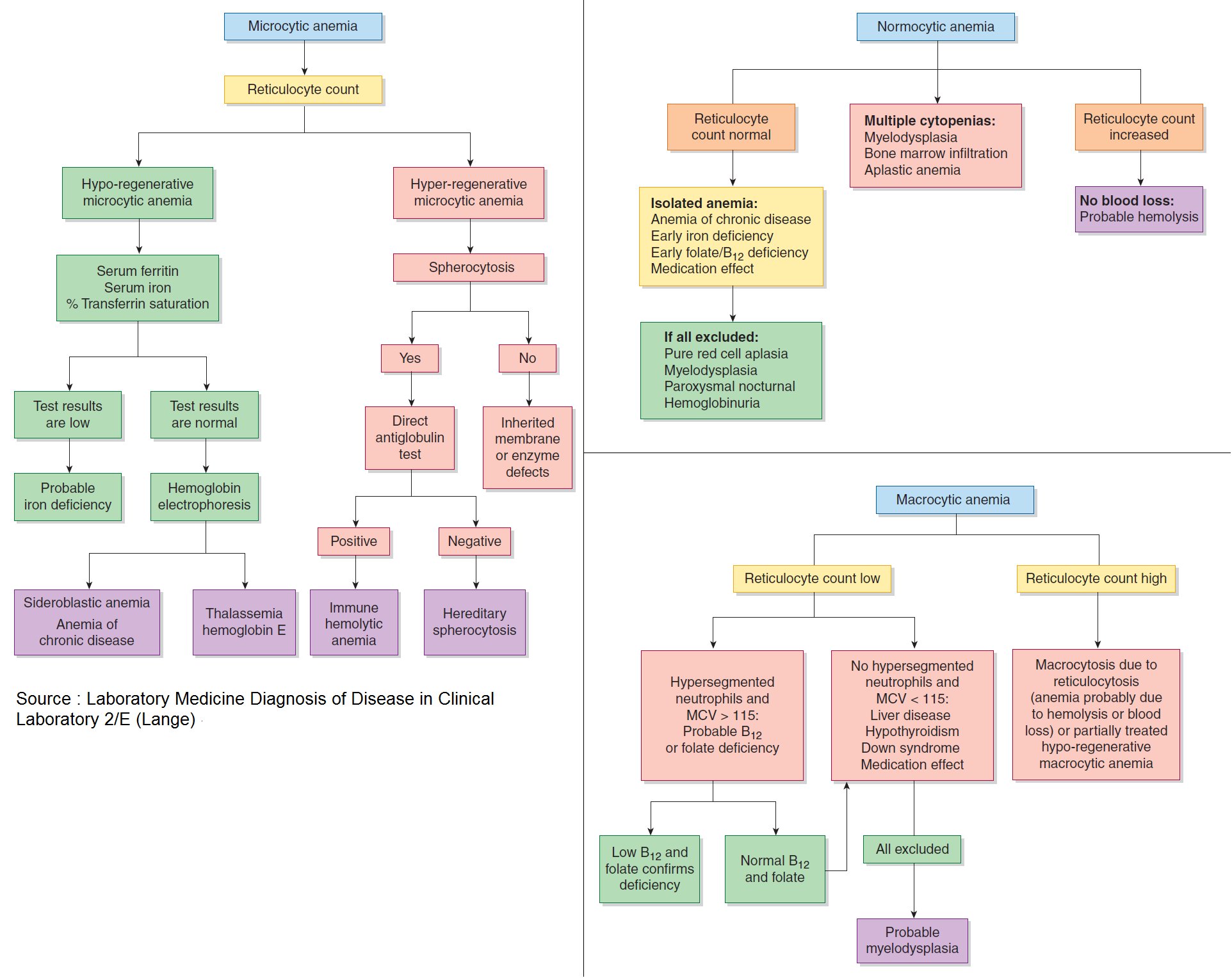
The Future of MS Diagnosis and Treatment
As research progresses, what can we expect in the future of MS diagnosis and treatment? Several exciting developments are on the horizon:
Advanced Imaging Techniques
New imaging technologies may allow for earlier and more accurate diagnosis of MS. For example, advanced MRI techniques could potentially detect subtle changes in brain tissue before symptoms appear.
Biomarkers for Diagnosis and Prognosis
Researchers are working to identify biomarkers – measurable indicators in blood, cerebrospinal fluid, or other tissues – that could help diagnose MS earlier, predict disease course, and monitor treatment response.
Gene Therapy
Gene therapy approaches are being explored as potential treatments for MS. These could potentially correct genetic factors that contribute to MS risk or progression.
Artificial Intelligence in MS Care
How might AI impact MS care? Artificial intelligence could potentially assist in several areas:
- Analyzing imaging data for more accurate diagnosis
- Predicting disease progression and treatment response
- Personalizing treatment plans based on individual patient data
- Monitoring symptoms and treatment effects through wearable devices and apps
While these advancements are promising, it’s important to note that much research is still needed before they become part of standard MS care.
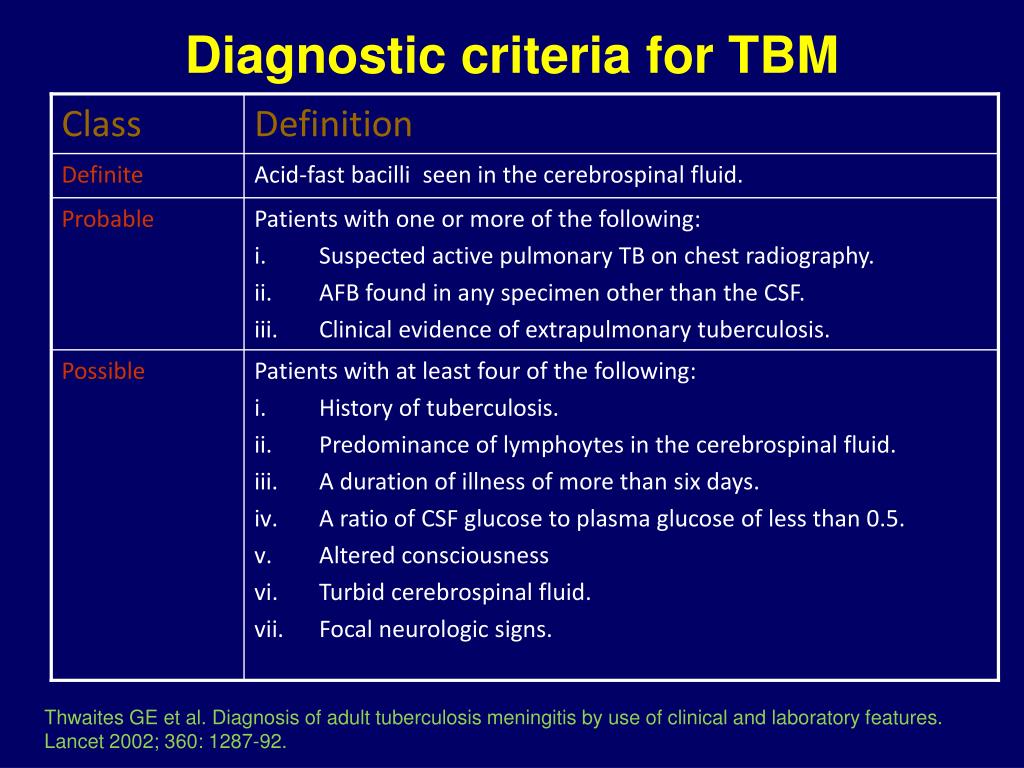
In conclusion, while multiple sclerosis remains a challenging condition, significant progress has been made in its diagnosis and treatment. From advanced imaging techniques to novel therapies and lifestyle interventions, individuals with MS have more options than ever before. As research continues, we can look forward to even more effective and personalized approaches to managing this complex condition.
Other Conditions to Rule Out
- Lyme Disease
- Lupus
- Neuromyelitis Optica
- Acute Disseminated Encephalomyelitis (ADEM)
In this article
- Smaller Text
- Larger Text
In this article
Overview
The diagnoses listed below can cause neurologic symptoms that are similar to those caused by multiple sclerosis (MS). In order to confirm the diagnosis of MS, your healthcare provider must be able to rule out other possible diagnoses that could explain the symptoms you are experiencing.
Some of these diagnoses are easy to rule out with a simple blood test (e.g. vitamin B12 deficiency), while others, such as sarcoidosis, may require a biopsy. Some are much rarer than others. It’s important to work with a healthcare provider who is familiar with these conditions in order to arrive at a correct diagnosis as quickly as possible — and begin the appropriate treatment — whether you have MS or not.
It’s important to work with a healthcare provider who is familiar with these conditions in order to arrive at a correct diagnosis as quickly as possible — and begin the appropriate treatment — whether you have MS or not.
Infections of the central nervous system (CNS)
- Lyme disease — An infection caused by the Borrelia burgdorferi organism, which is transmitted to humans by a deer tick.
- Syphilis — A sexually-transmitted infection caused by the acterium Treponema pallidum, which can cause neurologic symptoms many years after the initial infection.
- Progressive multifocal leukoencephalopathy (PML) — A potentially fatal infection of the white matter of the brain caused by the JC virus (a virus common and inactive in the general population), which can be reactivated in people with MS who take Tysabri® (natalizumab).
- Human immunodeficiency virus (HIV) — A virus that can lead to acquired immunodeficiency syndrome, or AIDS.

- Human T-cell lymphotropic virus-1 (HTLV-1) – associated myelopathy/tropical spastic paraparesis — A chronic progressive disease of the nervous system.
Inflammatory disorders of the CNS
- Sjögren’s syndrome — A chronic autoimmune disease that attacks the body’s moisture producing glands, causing dry eyes and mouth, generalized fatigue, joint pain and sometimes neurologic symptoms.
- Vasculitis — An autoimmune disorder that attacks the blood vessels that supply the brain and spinal cord, producing neurologic symptoms.
- Systemic lupus erythematosus — A chronic, inflammatory autoimmune disorder that can affect the skin, joints, kidneys, lungs, nervous system and other organs of the body.
- Sarcoidosis — A chronic, probably autoimmune condition that produces collections of inflammatory cells (granulomas) in the lungs, skin, lymph nodes, liver and central nervous system, commonly producing respiratory symptoms and, sometimes, neurologic symptoms.

- Behçet’s disease — An autoimmune disease that damages blood vessels, particularly veins. In addition to mouth sores, genital sores, inflammation inside of the eye and skin problems, Behcets can affect the white matter in the brain.
Genetic disorders
- Hereditary myelopathies — A number of inherited disorders involving the spinal cord, including hereditary cerebellar degeneration, the leukodystrophies and motor neuron disorder (involving nerve tracts in the spinal cord).
- Cerebral Autosomal-Dominant Arteriopathy with Subcortical Infarcts and Leukoencephalopathy (CADASIL) — An inherited disease that primarily affects small blood vessels in the white matter of the brain, causing numerous progressive neurologic symptoms.
- Leukodystrophies — Rare inherited progressive disorders that damage the myelin in the central nervous system and cause neurological symptoms.

- Hereditary cerebellar degeneration — A group of hereditary disorders that cause slowly progressive incoordination of gait, as well as poor coordination of hands, speech and eye movements.
- Mitochondrial disease — Malfunctioning of the mitochondria (structures in cells that produce energy) that interferes with various body functions and can produce neurologic symptoms.
Brain Tumors
- Metastases — Cancer that has spread from its original location to another is considered metastatic. Some cancers — breast, lung, kidney and skin (melanoma) — are more likely to spread to the central nervous system and cause neurologic symptoms.
- Lymphoma — A blood cancer involving rapid replication of abnormal T or B lymphocytes (types of white blood cells) that form tumors — which sometimes occurs in the central nervous system (CNS) or spreads to the brain from other locations.

Deficiencies
- Copper deficiency — A relatively rare deficiency seen with excessive zinc intake or some types of stomach surgery, which can cause neurologic symptoms.
- Vitamin B12 deficiency — A deficiency of this vitamin, which is critical to neurologic function, can occur because of dietary limitations or absorption problems and is a common cause of neurologic symptoms.
Structural damage in the brain or spinal cord
- Cervical spondylosis — A degeneration of the spine associated with normal aging that can press on the spinal cord and cause neurologic symptoms.
- Herniated disc — A disc that acts as a cushion between the vertebrae (bones) of the spine can deteriorate with age – moving or slipping out of place (referred to as ‘herniated’). A herniated disc places pressure on the nerves in the area, producing neurologic symptoms.

- Chiari’s malformation — An abnormality in the position of the cerebellum — a brain structure responsible for balance and coordination. When the cerebellum sits too low, it puts pressure on the spinal cord or brainstem, producing neurologic symptoms.
Other non-MS demyelinating disorders
- Neuromyelitis optica (NMO) — A separate disease from MS that shares several clinical features. NMO most often causes visual changes in both eyes and symptoms caused by long lesions in the spinal cord.
- Acute disseminated encephalomyelitis (ADEM) — A brief but intense attack of inflammation in the brain, spinal cord and occasionally the optic nerve that causes damage to myelin. Symptoms of ADEM come on quickly, often beginning with behavior changes.
- Smaller Text
- Larger Text
Discover More
Here are a few related topics that may interest you
Related Conditions
Learn More
Diagnosing MS
Learn More
Types of MS
Learn More
Understanding Multiple Sclerosis
Learn More
What Causes MS?
Learn More
Definition of MS
Learn More
CSF and Lumbar Punctures
Learn More
Magnetic Resonance Imaging (MRI) for Diagnosing Multiple Sclerosis
Learn More
Diagnosing MS
Learn More
Who Gets MS?
Learn More
Clinically Isolated Syndrome (CIS)
Learn More
Learn More
Lyme Disease
Learn More
Acute Disseminated Encephalomyelitis (ADEM)
Learn More
Neuromyelitis Optica
Learn More
What Is Multiple Sclerosis? (.
 pdf)
pdf)
Download Brochure
The National MS Society is Here to Help
Need More Information?
We Are Here
Our MS Navigators help identify solutions and provide access to the resources you are looking for. Call 1-800-344-4867 or contact us online.
Contact an MS Navigator
Contact an MS Navigator
Newly Diagnosed
If you or someone close to you has recently been diagnosed, access our MS information and resources.
Start Here
Start Here
Possible MS | National Multiple Sclerosis Society
Find information, resources and tips for managing that challenging time before a diagnosis of MS can either be confirmed or ruled out.
Cherish
Diagnosed in 2002
Providers
Find healthcare providers and community resources to help you live your best life with MS.
Find a provider
- Smaller Text
- Larger Text
In this article
Overview
If you have come to this page, you’re probably worrying that you or someone you care about may have MS. Perhaps you’ve read descriptions of MS on the internet that sounded like symptoms you are experiencing. Maybe someone else in your family has MS and you’re worried about your own chances of developing it. Or, perhaps you’ve been told by your doctor that you might have MS because you have experienced a single episode of MS-like symptoms.
Whatever your situation is, we’re glad that you have come to the National MS Society for assistance. We are here to help you — with information about MS, tips for deciding when and how to tell people about your medical issues, and whatever else you may need during this difficult time. For referrals to healthcare providers in your area, call 1-800-344-4867 to speak to one of our MS Navigators®. Here is some information to get you started:
Here is some information to get you started:
Featured Video
Possible MS
Rock Heyman, MD, defines the term clinically isolated syndrome, and describes what it means to have possible MS.
Watch now
Is there someone I can talk to about my situation?
Absolutely. If you have questions about MS — what it is, how it’s diagnosed, how it’s treated, what might happen or any other issues that are of concern to you, call 1-800-344-4867 to speak to one of our MS Navigators®.
Why can’t the doctor tell me what’s wrong with me?
While diagnostic criteria exist to help make an accurate diagnosis of MS, it is not an easy disease to diagnose. There is no single test for multiple sclerosis. Second, the diagnosis cannot be made until the healthcare provider finds evidence of two episodes of disease activity in different locations in the central nervous system that have occurred at different points in time.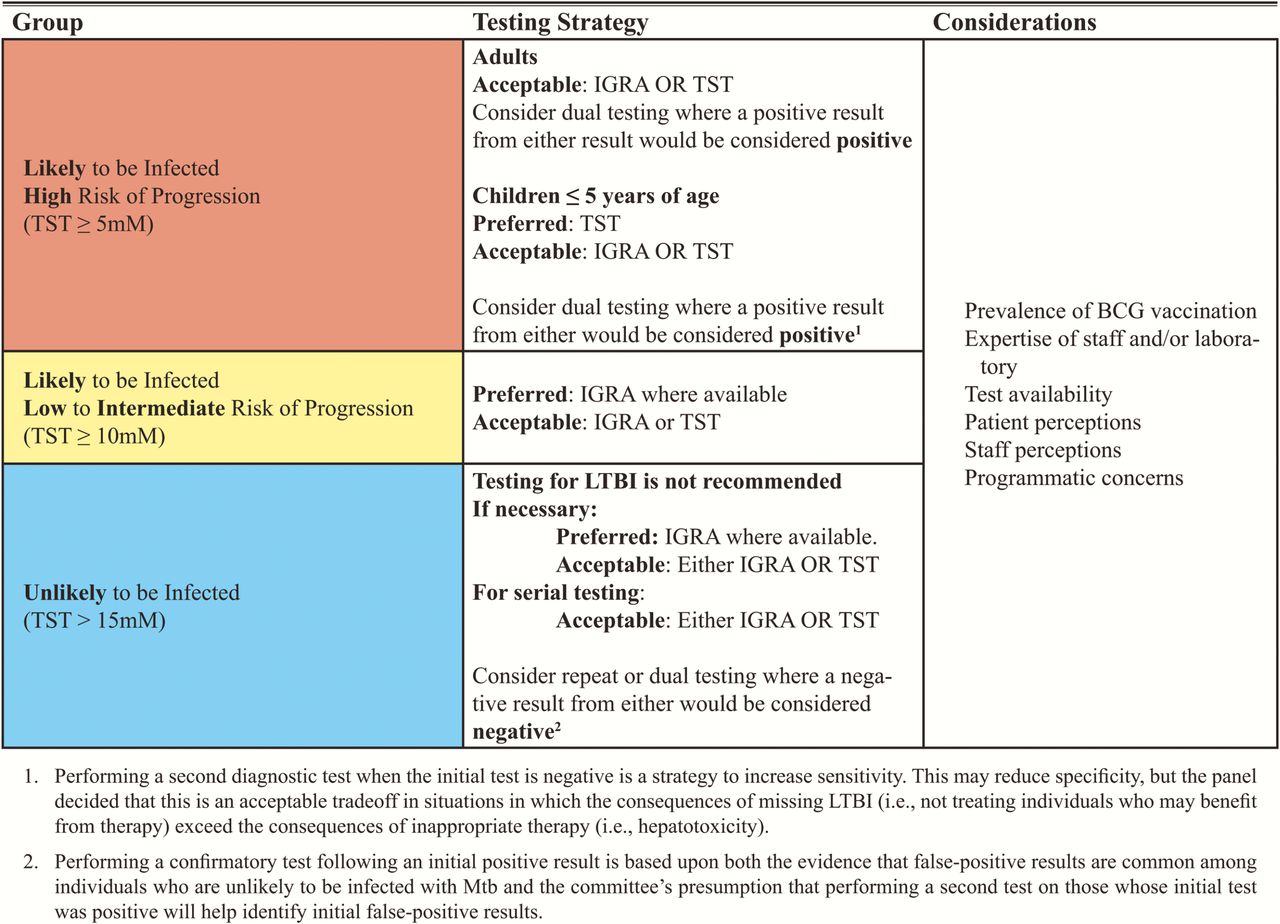 And third, most MS symptoms, particularly early in the disease, can be caused by other conditions, which means that your healthcare provider needs to rule out all other possible explanations.
And third, most MS symptoms, particularly early in the disease, can be caused by other conditions, which means that your healthcare provider needs to rule out all other possible explanations.
Very often, when a central nervous system problem, such as MS, is suspected, a number of tests will need to be done before the diagnosis is confirmed. One of those test, MRI, is an important test that helps with the diagnosis as it can reveal areas of damage that are typical of MS.
Are there any treatments available to help me in the meantime?
- If your healthcare provider believes — based on your medical history, physical exam, and test results — that you have clinically isolated syndrome and are at high risk of developing MS, there are medications that have been shown to delay the development of clinically-definite MS.
- If you’re experiencing symptoms that are making you uncomfortable or interfering with your everyday activities, be sure to discuss them with your healthcare provider.
 Many symptoms can be successfully managed even without a confirmed diagnosis.
Many symptoms can be successfully managed even without a confirmed diagnosis.
- If you’re feeling overwhelmed or stressed out by your symptoms or the uncertainty of the diagnosis, consider talking with a counselor about it. The Society can refer you to a professional in your area for help in dealing with this difficult situation.
What should I say to my employer about my medical problems and absences from work?
It’s important to keep in mind that the information you share now may affect your employment situation in the future. Before sharing any details with your employer or colleagues, contact the National MS Society for information about your rights in the workplace or check out the employment information on our website.
- Smaller Text
- Larger Text
Find an MS Care Provider
The Partners in MS Care program recognizes and supports quality MS care.
Find a provider
Find a provider
Discover More
Here are a few related topics that may interest you
Related Conditions
Learn More
Clinically Isolated Syndrome (CIS)
Learn More
Diagnosing MS
Learn More
Neuromyelitis Optica
Learn More
Acute Disseminated Encephalomyelitis (ADEM)
Learn More
Learn More
Lyme Disease
Learn More
CSF and Lumbar Punctures
Learn More
Magnetic Resonance Imaging (MRI) for Diagnosing Multiple Sclerosis
Learn More
Diagnosing MS
Learn More
Other Conditions to Rule Out
Learn More
Clinically Isolated Syndrome (CIS)
Learn More
Who Gets MS?
Learn More
Types of MS
Learn More
Understanding Multiple Sclerosis
Learn More
What Causes MS?
Learn More
The National MS Society is Here to Help
Need More Information?
We Are Here
Our MS Navigators help identify solutions and provide access to the resources you are looking for. Call 1-800-344-4867 or contact us online.
Call 1-800-344-4867 or contact us online.
Contact an MS Navigator
Contact an MS Navigator
Newly Diagnosed
If you or someone close to you has recently been diagnosed, access our MS information and resources.
Start Here
Start Here
Metabolic syndrome – diagnosis and treatment in Moscow, sign up for rehabilitation
Symptoms of metabolic syndrome
Causes of pathology
Diagnosis
Recommendations for the treatment of metabolic syndrome
Drug treatment of metabolic syndrome in women and men
Metabolic syndrome in diabetes mellitus: treatment
Metabolic syndrome in children: symptoms and treatment
Symptoms of metabolic syndrome
Metabolic syndrome is a metabolic disorder caused by obesity. People with this pathology are more likely to develop heart disease and joint damage than those who do not have it.
The diagnosis is made based on several criteria.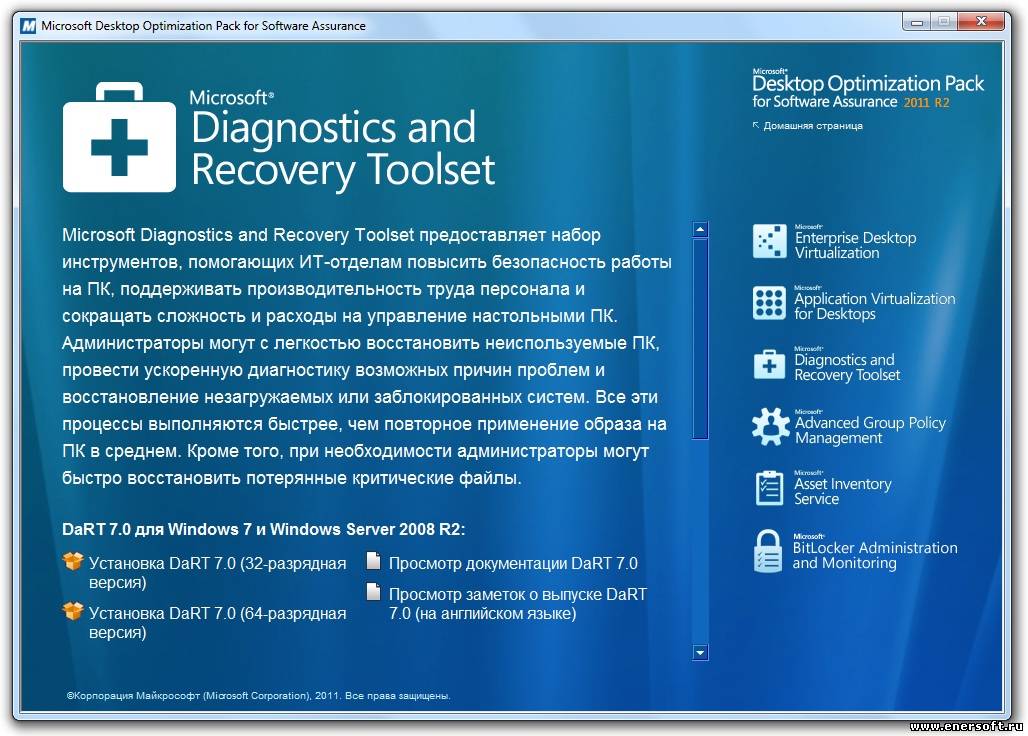 Treatment consists in weight loss, as well as the correction of detected metabolic disorders.
Treatment consists in weight loss, as well as the correction of detected metabolic disorders.
The main symptom is central obesity and associated metabolic disorders. Metabolic syndrome is often accompanied by reproductive dysfunction, damage to the articular apparatus, fatty liver, diabetes mellitus, and cardiovascular disorders. Patients often experience malfunctions of the thyroid gland, adrenal glands, sex glands, as well as sleep apnea.
Causes of pathology
The reasons for the development of metabolic syndrome are not fully understood. It is believed that the main role is given to central obesity, as well as related disorders: insulin resistance, oxidative stress and chronic inflammation.
Central (abdominal) obesity is obesity in which fat is concentrated in the waist area. It occurs more often in men, which is why it is also called “android”. Fat accumulates in the abdominal cavity and interferes with the functioning of internal organs. In women, the volume of subcutaneous fat in the thigh area usually increases, but there is also a “male” type of obesity.
In women, the volume of subcutaneous fat in the thigh area usually increases, but there is also a “male” type of obesity.
The concentration of fat in the abdomen is accompanied by insulin resistance. It lies in the fact that peripheral tissues become less susceptible to the action of insulin, and the entry of glucose into cells is hindered. The body stores fat in the area of the internal organs. As a result, they begin to work poorly, and insulin resistance increases.
To neutralize the low sensitivity of tissues to insulin, the pancreas begins to actively produce this hormone. Its excess provokes the accumulation of fat and high blood pressure. Over time, the cells that produce insulin become depleted. Glucose levels increase, which leads to the development of prediabetes and type 2 diabetes.
Factors that provoke metabolic syndrome are:
- overweight;
- hereditary burden;
- insufficient physical activity;
- nicotine and alcohol addiction;
- constant stress.

Thus, diabetes and metabolic syndrome are related to each other.
Diagnosis
It is possible to assume a metabolic syndrome in a woman if her waist circumference is more than 80 cm. For a man, the deviation from the norm is more than 94 cm. Such indicators indicate central obesity. Signs of insulin resistance are: darkening of skin folds in the groin, on the elbows, in the neck in the armpits.
However, these are only external signs of pathology. To make a diagnosis, a more detailed diagnosis is required, consisting of several laboratory tests.
Recommendations for the treatment of metabolic syndrome
To cope with the pathology, you need to follow the recommendations of the doctor. Usually, a set of measures is prescribed aimed at weight loss, restoration of metabolism, and treatment of concomitant abnormalities. Be sure to eliminate all risk factors. The main goal is to reduce the coverage of the waist, as the metabolic syndrome in obesity is very common.
For this you should:
- diet;
- move more;
- reduce weight;
- to refuse from bad habits;
- protect yourself from stress;
- observe the daily routine;
- enough sleep at night;
- correct metabolic processes.
Drug treatment of metabolic syndrome in women and men
If the measures mentioned above did not help to reduce weight, then medications are prescribed. There are several drugs for weight loss. They have different mechanisms of action and have side effects.
Drugs for treatment:
- Orlistat. Interferes with the absorption of fat in the intestines. This helps to reduce the calorie content of food entering the body and, accordingly, weight loss.
- “Reduxin”. Increases the feeling of fullness after eating, and also increases the energy expenditure of the body. The medicine helps to reduce the waist, and also improves fat metabolism.
 You can take it up to 6 months.
You can take it up to 6 months. - Saxenda (solution for subcutaneous administration). After using the remedy, gastric emptying slows down, and appetite drops. Together with non-drug therapies, this allows you to reduce weight.
Metabolic syndrome in diabetes mellitus: treatment
Patients with prediabetes are prescribed Metformin. Its action is aimed at maintaining normal blood sugar levels. Metformin helps prevent the development of type 2 diabetes and is used to treat it. This drug reduces insulin resistance, restores fat balance and promotes weight loss.
Metabolic syndrome is accompanied by other disorders. A person who has been found to have an excess of cholesterol, as well as its atherogenic fractions, should follow a diet that limits the use of animal fats. The doctor may prescribe drugs that normalize lipid metabolism. The most common group of drugs are statins, for example, Simvastatin, Fluvastatin. The dose is selected by the doctor.
Omega-3 polyunsaturated fatty acids are also prescribed, for example, Omacor. They help reduce triglycerides and have an anti-inflammatory effect. The use of omega-3 polyunsaturated fatty acids helps to reduce the risk of developing cardiovascular diseases and oncological pathologies.
If the patient suffers from hypertension, then it is preferable to use metabolically neutral drugs, for example, Physiotensa, as well as calcium channel blockers, for example, Lercanidipine. They do not affect metabolism and do not increase the symptoms of insulin resistance.
Metabolic syndrome in children: symptoms and treatment
If a child has an increased waist circumference, then this often indicates a metabolic syndrome. Normal values depend on gender and age. Additionally, laboratory tests are carried out.
If a child has a pathology, then a diet is required. “Fast” carbohydrates and fats are limited. Margarine is removed from the diet and the amount of red meat is severely cut. Fish is used as a source of protein.
Fish is used as a source of protein.
Nutrition recommendations:
- maintain a proper diet;
- cook, bake, stew dishes, but do not fry;
- eat 5-6 times a day in small portions, chewing food thoroughly.
For children with metabolic syndrome, gentle physical activity is recommended, such as swimming, cycling, walking. The duration of training increases smoothly, starting from 10-15 minutes a day to about an hour.
To reduce insulin resistance and suppress lipid synthesis, your doctor may prescribe:
- chromium picolinate;
- chitosan;
- hydroxycitrate complex.
Medicines are administered only when diet and physical activity have failed. Indications:
- BMI greater than or equal to 27 kg/m 2 , but revealed abdominal obesity, there is a genetic predisposition to type 2 diabetes and risk factors for the development of cardiovascular disease;
- BMI greater than or equal to 30 kg/m 2.

In such cases, sulfonylurea drugs, biguanides, sensitizers are prescribed.
Metabolic syndrome prevents the body from functioning normally and can lead to type 2 diabetes. To avoid this, you need to consult a doctor in time and follow his recommendations.
In our clinic, you can get advice from narrow specialists, undergo a full range of examinations and, if necessary, get recommendations for treatment. Our doctors carefully monitor the effectiveness of therapy to keep you healthy.
Metabolic syndrome – primary diagnosis (from 18 years old) – Family clinic near the house
L49. DIAGNOSIS OF CARBOHYDRATE METABOLISM (DIABETES MELLITUS, METABOLIC SYNDROME)
Description of the study
Preparation for the study
Indications and general information
Interpretation of the result
Metabolic syndrome is characterized by insulin resistance tion. In this state, the tissues of the body do not perceive insulin. There is an increase in the level of sugar and insulin in the blood, but the latter does not enter the tissues in sufficient quantities. This results in metabolic, clinical and hormonal disorders.
There is an increase in the level of sugar and insulin in the blood, but the latter does not enter the tissues in sufficient quantities. This results in metabolic, clinical and hormonal disorders.
Metabolic syndrome develops due to insulin resistance. In this condition, body tissues become immune to insulin. The level of sugar and insulin in the blood rises, but insulin does not enter the cells in the right amount. This leads to the appearance of various disorders of the clinical, hormonal and metabolic nature. With metabolic syndrome, an increase in the mass of visceral fat is observed. Fat deposits accumulate in the region of the abdominal organs. This leads to an increase in waist size, as well as lipid and carbohydrate metabolism disorders. The pathological condition develops slowly, for a long time proceeds with mild symptoms or asymptomatically.
When testing is indicated
Testing is indicated for patients over 18 years of age who are overweight. It makes it possible to identify metabolic disorders and is used for primary diagnosis. Before the examination, the patient must measure blood pressure and waist circumference to indicate these data in the direction. They will be required by laboratory staff in the course of research.
Before the examination, the patient must measure blood pressure and waist circumference to indicate these data in the direction. They will be required by laboratory staff in the course of research.
Complex of analyzes
Glucose. This monosaccharide is found in most tissues and organs of the human body and is one of the main sources of energy. Deviation from the normal indicators of the concentration of glucose in the blood, both upward and downward, may indicate a number of diseases. Additional studies are used to establish an accurate diagnosis.
Triglycerides. The analysis is used to diagnose diabetes mellitus, nephrotic syndrome, autoimmune and other diseases.
The programs also include cholesterol tests. Studies are needed to diagnose the risk of developing cardiovascular disease and atherosclerosis.
Strictly on an empty stomach (from 7.00 to 11.00) after an overnight fasting period of 8 to 14 hours.
On the eve of the study, it is necessary to exclude increased psycho-emotional and physical activity (sports training), alcohol intake, an hour before the study – smoking.

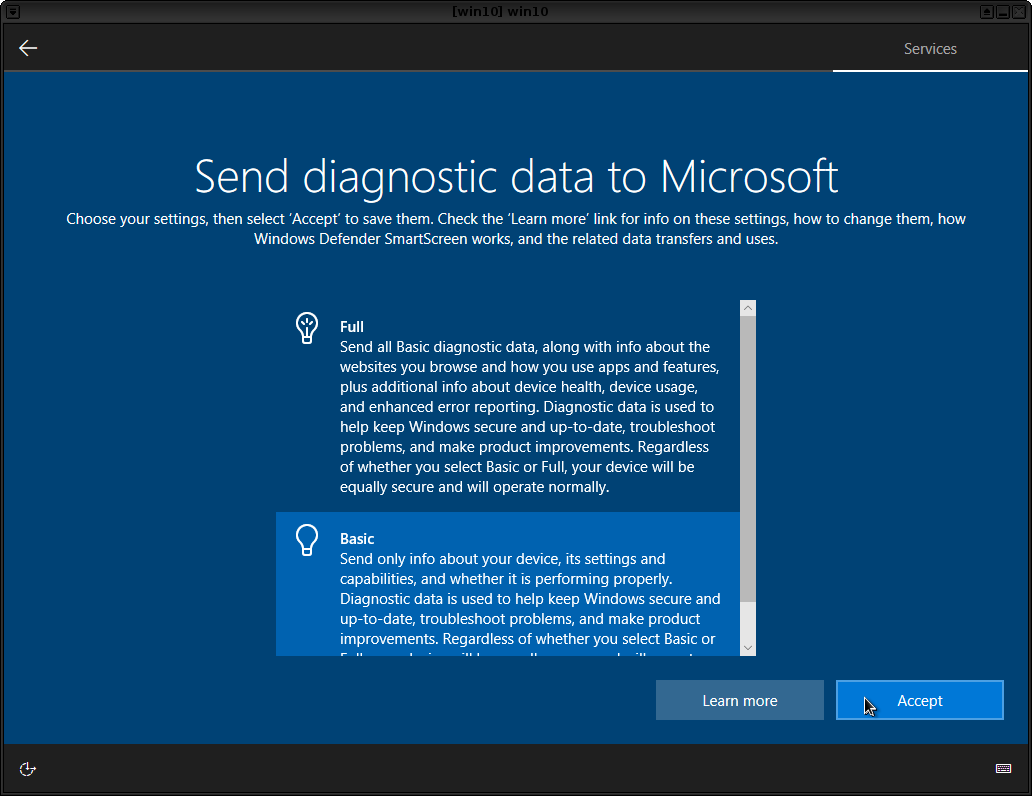
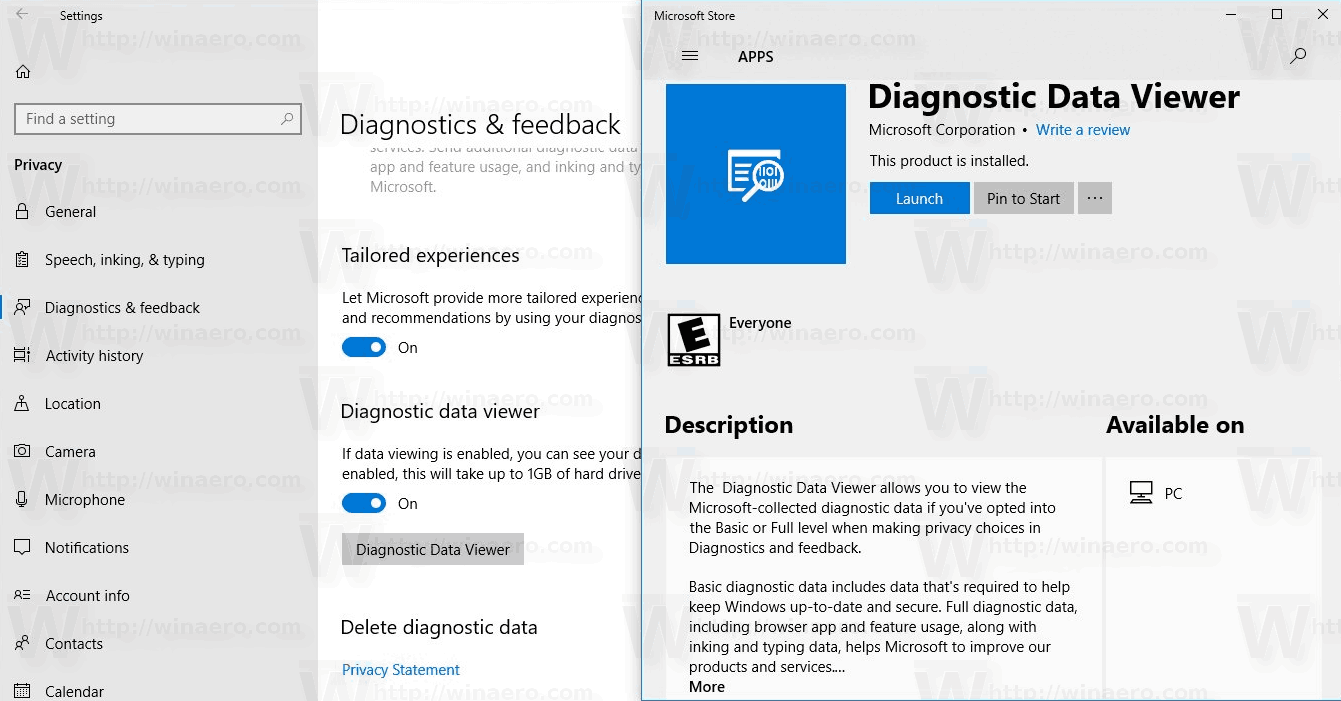



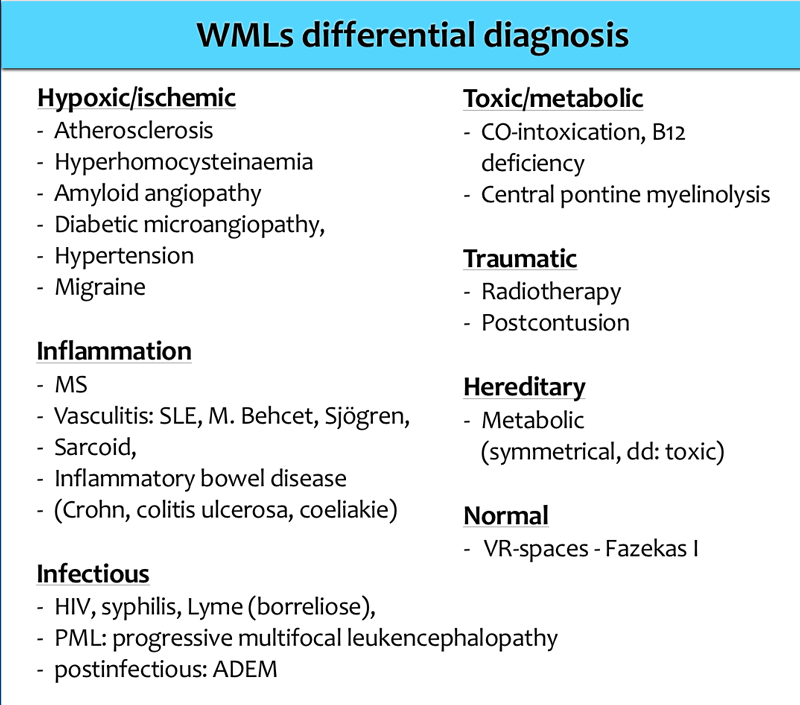 Many symptoms can be successfully managed even without a confirmed diagnosis.
Many symptoms can be successfully managed even without a confirmed diagnosis.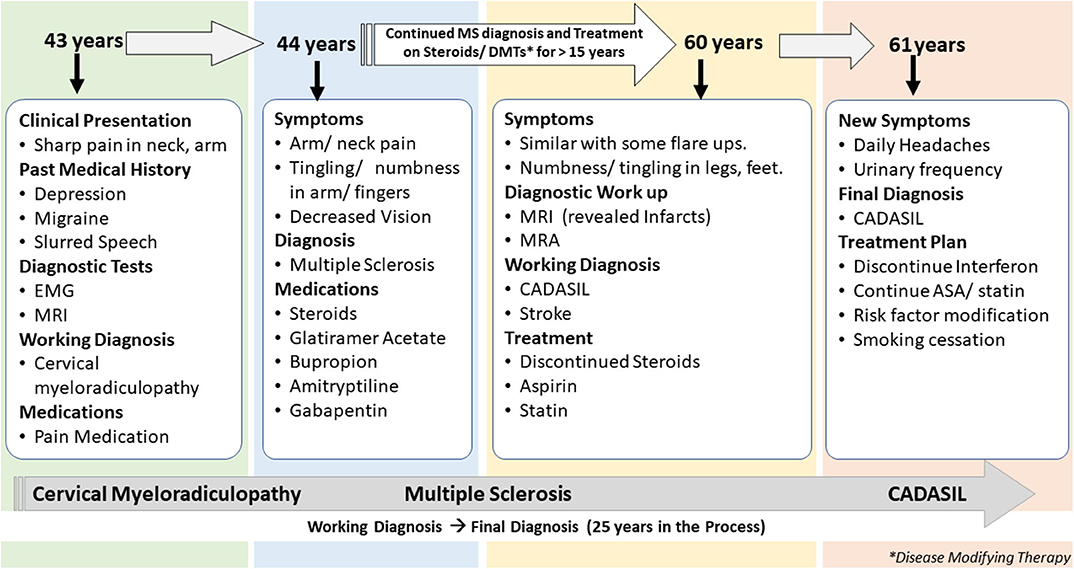
 You can take it up to 6 months.
You can take it up to 6 months.